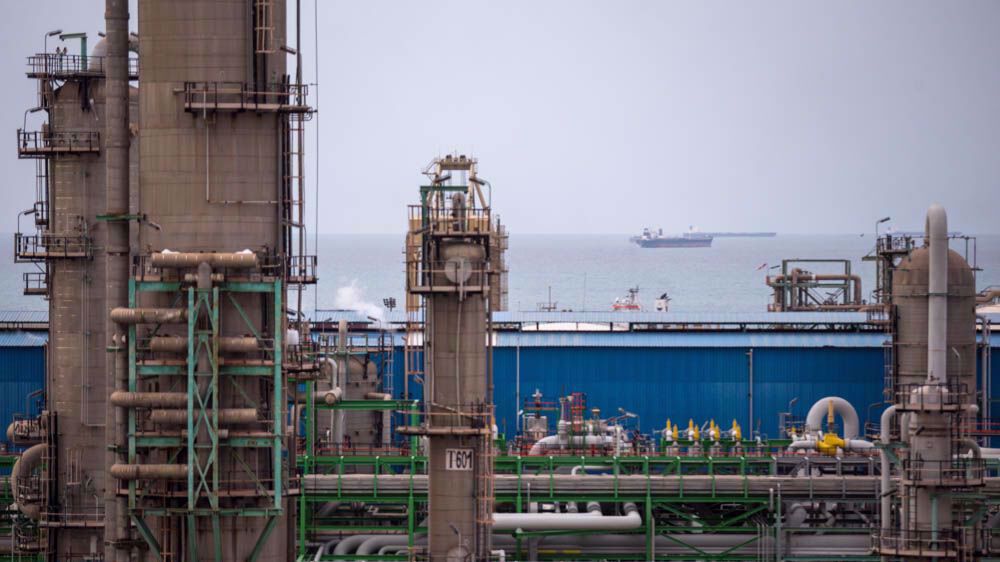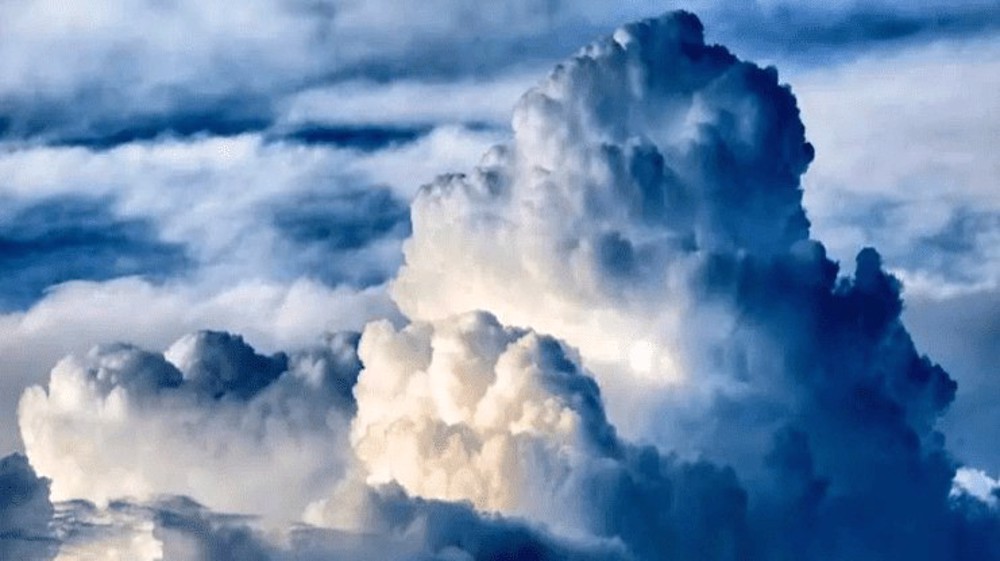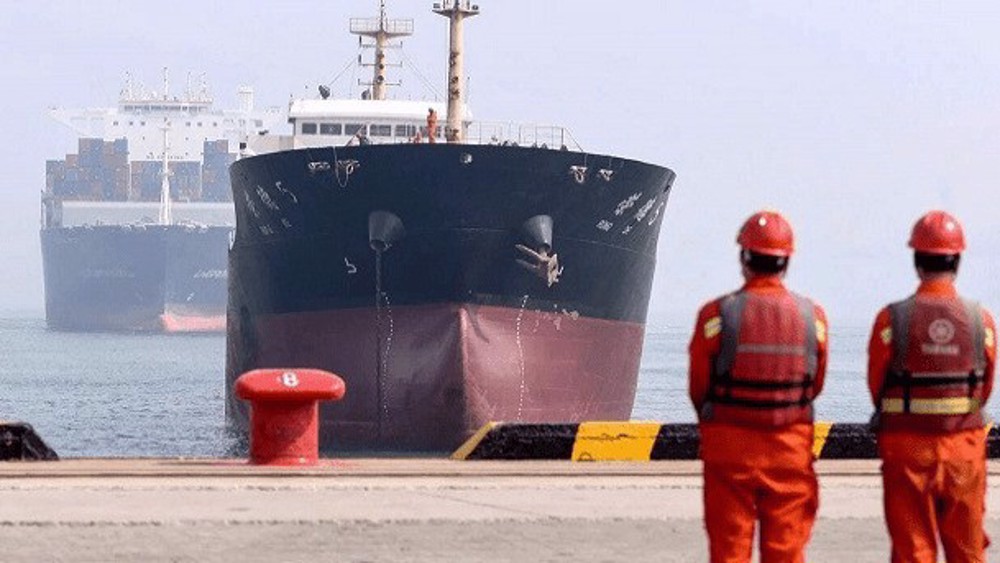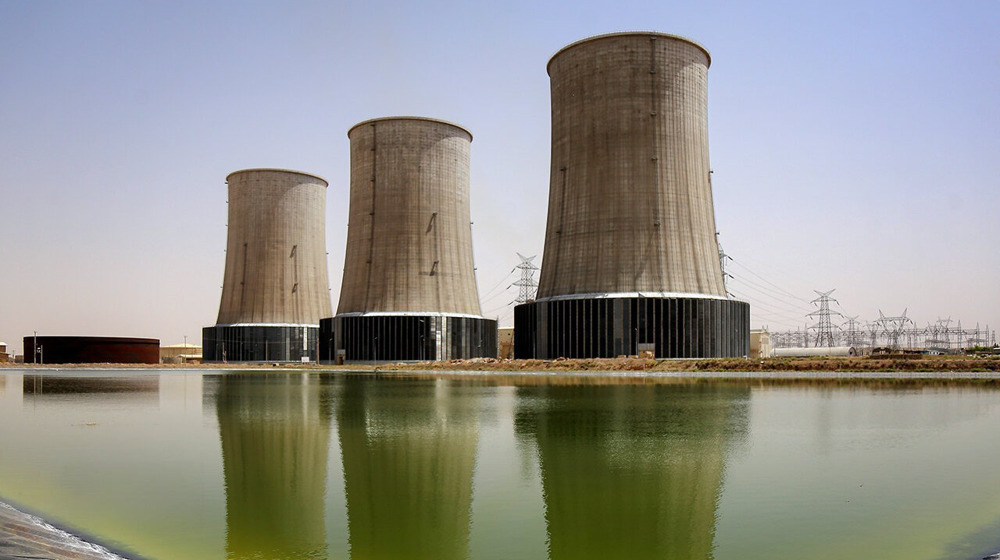Iran hits milestone of 1 billion cubic meters in gas production
Minister of Petroleum Bijan Zanganeh says Iran’s gas production has hit the record high above 1 billion cubic meters a day, a milestone reached three years after the US imposed its most draconian sanctions ever on the Islamic Republic.
Zanganeh was speaking fresh from a three-day petrochemical conference in Tehran where he said gas production has hit 1.04 billion cubic meters a day, up from 670 million cubic meters in early 2020.
US sanctions have discouraged international energy companies from dealing with Iran, but they have also provided a rare chance for domestic firms to venture into a setting known to be an exclusive specialty of the elite club of companies.
When French oil and energy company Total ended participation in Phase 11 of Iran’s giant South Pars gas field in 2018, China's state-owned energy major CNPC was said to be ready to take over the stake but the company also suspended investment in response to US pressure.
In January 2020, Zanganeh finally announced that Iran’s Petropars would develop Phase 11 of the world’s largest gas field. Drilling work on the first well of the phase began in December.
Phase 11 is the largest of 28 phases of South Pars which currently produces 70 percent of natural gas consumed by Iranian households.
Iran is faced with runaway energy consumption encouraged by massive subsidies provided by the government which is in a race against time to catch up with the rising demand.
Last month, Zanganeh chided residents in Tehran –a megacity of 12 million – over a 15 percent rise in gas consumption.
“The highest fuel consumption in the country is in homes, and I think this is because people think that if they leave windows open, the corona will go away. Authorities should tell people to close the windows and lower the temperature,” he said.
Dozens of cities across Iran have faced power outages since early January, with social media and news outlets wildly speculating that they might have been caused by bitcoin farms, which they claim, are mostly operated by Chinese companies.
State officials, however, say power used in bitcoin mining is not too high to cause nationwide outages.
The natural gas is the major fuel used to generate electricity in Iran. Historically, the supply of low-cost electricity is a way to grow economies, increase populations and improve the quality of life.
Many producers in Iran are currently reaping the windfall from a record devaluation of the national currency, the rial, to ramp up production and increase exports.
Last year, Iran produced a total of 267 billion cubic meters of gas, averaging 725 million cubic meters a day.
According to Managing Director of the National Iranian Gas Company Hassan Montazer-Torbati, Iran’s total gas production will hit 500 billion cubic meters in 2041.
Forouzan gas transfer to Kharg launched
On Tuesday, a project for transfer of associated gas from an offshore oil field in the Persian Gulf to Kharg Island for use in petrochemical facilities came on stream, Ministry of Petroleum’s Shana news outlet said.
Natural gas associated with oil production is often burnt off in a practice known as flaring.
The operation will prevent the flaring of 1.2-1.8 million cubic meters (45-65 million cubic feet) a day of gas at the Forouzan field, significantly reducing environmental pollution and waste of national resources, it said.
The transferred gas will be used as feedstock at Kharg Petrochemical Complex to increase methanol and liquefied petroleum gas (LPG) production, Shana said.
The Iranian Offshore Oil Company launched it along with three other projects on the strategic island on the 42nd anniversary of the Islamic Republic which is marked by many development plans being brought online across the country.
In 2015, a French company had proposed to buy associated gas from Forouzan field in order to convert it into LNG on Kharg. Zanganeh had said at the time that the French project would cut nearly 25% of flaring at the Forouzan field.
According to Ministry of Petroleum figures, about 5.4 million cubic meters (189 million cubic feet) of associated gas is burnt off per day at the Forouzan platform.
The overall associated gas from the offshore Persian Gulf oil wells is estimated at 20 million cubic meters per day, which equals the flow from a single phase of the South Pars field.
Last month, Iran opened its biggest refinery for processing gas associated with oil production, built with $3.4 billion of investment.
The operation of the Persian Gulf Bid Boland Gas Refinery in Behbahan, Zanganeh said then, was expected to be “the source of a major change in reducing environmental pollution and developing the petrochemical industry”.
In 2018, Zangeneh said that Iran needed $5 billion to curb flaring of gas. He said US sanctions were preventing Iran from importing equipment needed to stop environmental pollution.
Energy superpower
Iran has the fourth largest oil reserves and the largest natural gas reserves in the world, and is considered an energy superpower.
Last month, the National Iranian Oil Company signed eight more oil projects as part of a $6.2 billion national program started in January 2019 to boost oil production by 355,000 barrels per day at 33 fields.
Zanganeh said 22 engineering, procurement and construction companies in total had signed contracts for the projects to drill 253 new wells and repair 130 others.
With the change of government in the US, some international companies have already begun sizing up the Iranian market while global oil buyers are looking for a fissure in the wall of the sanctions to resume imports from Iran.
Last month, Zanganeh said Iran’s oil exports have “significantly" increased in recent months and its sales of petroleum products to foreign buyers reached record highs despite the US sanctions.
Iran's Deputy Petroleum Minister for trade and international affairs Amir Hossein Zamaninia said on Sunday the market has enough room for Iranian exports.
S&P Global Platts, citing trade sources, also said Iran’s LPG shipments are set to sell easily in Asia because of a tightening market.
"I believe there would be about 6 million tonnes of shortage this year," the energy and commodities information provider cited a source familiar with Iranian supply as saying. Iran’s LPG return, the source said, “will be absorbed easily -- the demand in China is rapidly increasing."
Putin’s visit to India reinforces Moscow-Delhi ties amid US sanctions, pressures
Discover Iran: Ashuradeh, Iran's only Caspian Sea island and sanctuary for birds, wildlife
VIDEO | Top documentarians gather for 19th Cinema Verite in Tehran
Press TV's news headlines
VIDEO | Karachi hosts Iran trade exhibition to boost economic ties
VIDEO | 'War with Damascus inevitable': Syrians slam Israeli minister’s war statement
‘Get out, thief. Your mask has fallen’: Maduro denounces US for targeting Venezuela’s oil
UN rapporteur calls on Israel, key allies to cover cost of rebuilding Gaza












 This makes it easy to access the Press TV website
This makes it easy to access the Press TV website